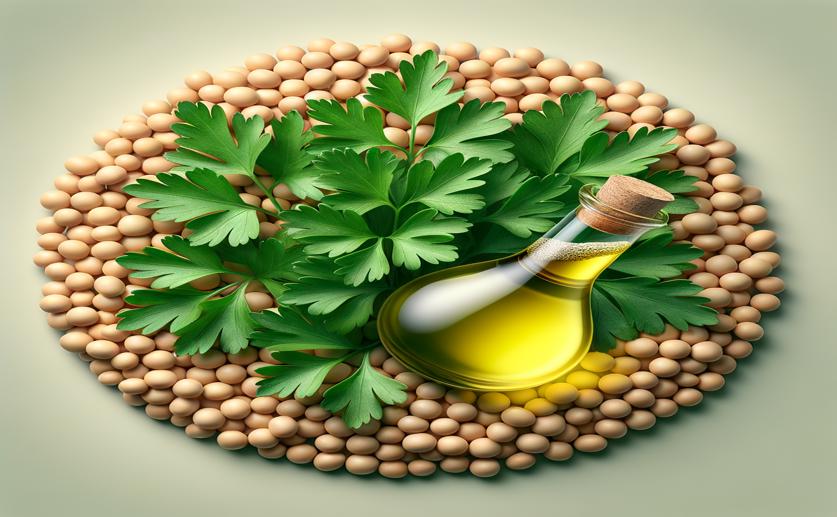
Parsley Extract Helps Prevent Oil Spoilage in Soybean Emulsions
Jenn Hoskins
20th May, 2024

Image Source: Natural Science News, 2024
Key Findings
- The University of Padova's study found that acid hydrolysis significantly boosts the antioxidant activity of parsley extracts in soybean oil-in-water emulsions
- By converting glycosidic polyphenols to aglycones, the extracts showed higher total phenolic content and improved radical scavenging activity
- The enhanced extracts extended the shelf-life of emulsions by delaying lipid oxidation, increasing the lag phase for hexanal formation from 6 to 11 days
References
Main Study
1) Acid-hydrolyzed phenolic extract of parsley (Petroselinum crispum L.) leaves inhibits lipid oxidation in soybean oil-in-water emulsions.
Published 19th May, 2024
https://doi.org/10.1016/j.foodres.2024.114452
Related Studies
2) Synergistic Mechanisms of Interactions between Myricetin or Taxifolin with α-Tocopherol in Oil-in-Water Emulsions.
3) Enzymatic Modification of Lecithin for Improved Antioxidant Activity in Combination with Tocopherol in Emulsions and Bulk Oil.
4) Prooxidant Activity of Polyphenols, Flavonoids, Anthocyanins and Carotenoids: Updated Review of Mechanisms and Catalyzing Metals.
5) Phenolic composition and antioxidant properties of some traditionally used medicinal plants affected by the extraction time and hydrolysis.



 19th May, 2024 | Jenn Hoskins
19th May, 2024 | Jenn Hoskins